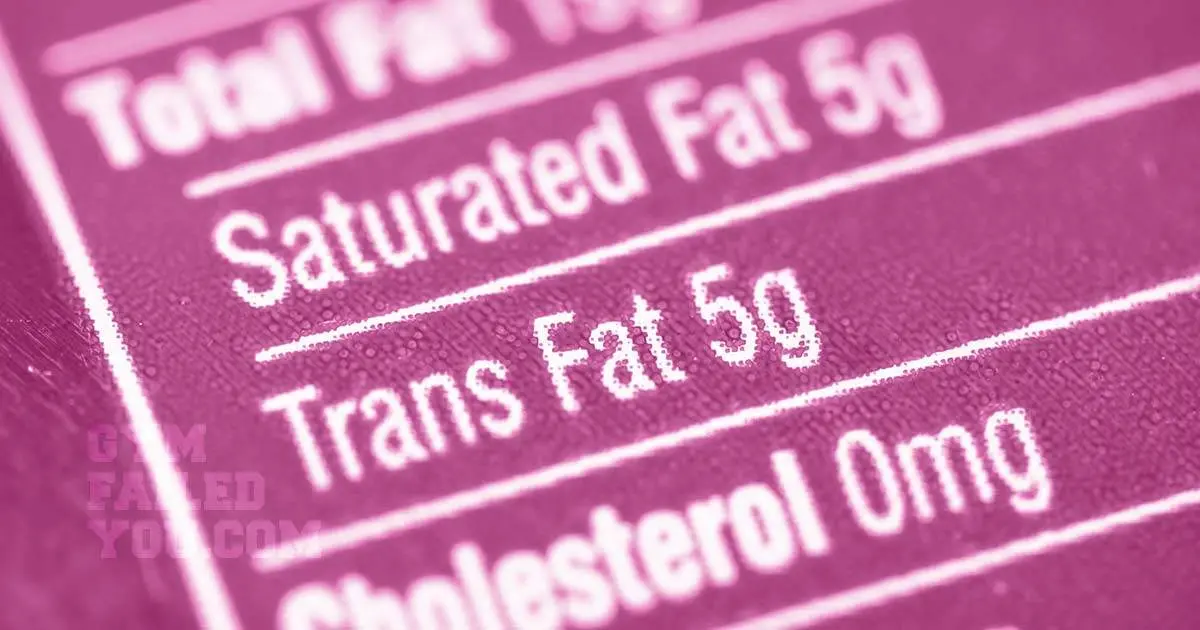The FDA is progressing towards elimination of trans fat in processed foods. Additionally, partially hydrogenated fats have been linked to elevated LDL levels (the “bad” form of cholesterol). A main reasons I preach against trans fats. However, many people down know the trans fat definition.
Defining What a Trans Fat Is
First, let’s look at a typical lipid (fat). They are made up of a straight carbon chain with a carboxylic acid group at the end. Most of these carbons are bonded together with a weak single bond. However, sometimes these chains of carbon bonds have spots that are linked by a double bond.
Delving further, the number of these double bonds within a chain, and their placement, dictate whether our lipid is an omega-3 or omega-6 fat.
Naturally these double bonds mentioned earlier form a C-shape. Allowing our bodies to easily recognize and happily metabolizes them.
Trans fats have a different kind of double bond. They are called a trans bond. Its shape is different and resembles a saturated fatty acid. Thus, it is not processed well by our metabolism.
Trans Fat Definition Examples
High trans fat foods include:
- Deep-Fried Food
- Pie Crust
- Margarine
- Shortening
- Frosting
- Bisquick
- Non-Dairy Creamer
- Microwave Popcorn
- Creamy Frozen Drinks
- Biscuits
- Crackers
Why Do We Have Trans Fats?
That’s a simple answer – money. Trans fats make cheaply available oils more firm. Food scientists are given the ability to add different textures to foods, change the texture to spread easily (like margarine), and have more favorable firmness at cooler temperatures.
Why Trans Fats Are Bad For You
These cosmetic or taste changes come with heavy costs. Diets rich in processed foods with a lot of trans fat are closely linked elevated LDL levels. To make matters worse, they’re also linked to a reduction in HDL cholesterol (the “healthy” cholesterol). Thus, a trans fat is worse than a saturated fat!




